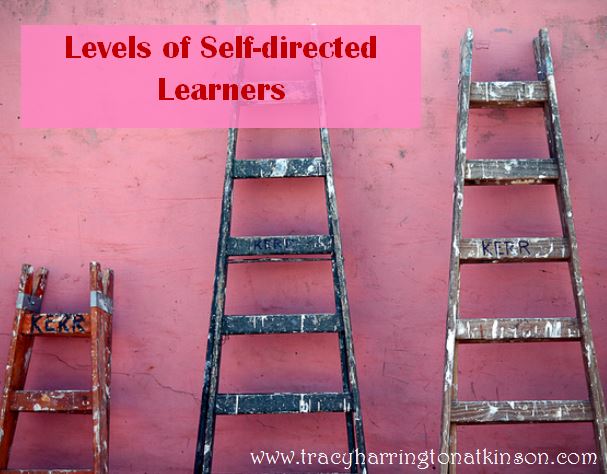 One of the greatest questions in self-directed learning and guiding lifelong learning, is how to measure progress. Of course, in order to assess progress, one needs to know what is self-directed learning, why it is important and to understand the different levels associated with lifelong learning. Grow (1991) enumerates four specific levels.
One of the greatest questions in self-directed learning and guiding lifelong learning, is how to measure progress. Of course, in order to assess progress, one needs to know what is self-directed learning, why it is important and to understand the different levels associated with lifelong learning. Grow (1991) enumerates four specific levels.
Stage 1: The Dependent Learner
In this stage, the learner leans heavily on an instructor. There is no self-direction or even any hint of understanding that there may be more than a dependency to all learning. This learner will assimilate specific details and complete identified tasks. The learner is entirely dependent upon the teacher.
Stage 2: The Interested Learner
The interested learner is beginning to realize that there may be something more to learning. They may not need to be directed all of the time and can seek out opportunities as well as resources to learn. This learner may be recognized by setting their personal learning goals and recognize the need to start looking at where they want to be rather than checking off items from a pre-determined task list. This learner is building confidence in their abilities and skills. The educator can best help this student by showing enthusiasm for learning and motivation.
Stage 3: The Involved Learner
The involved learner is in the intermediate stage of self-directed learning. They are recognizing the ability to learn by themselves and can participate in group activities. This type of learner is making some learning goals and creating a method to achieve these goals. The teacher has moved from the role of an educator to the less involved role of a guide.
Stage 4: The Self-directed Learner
The self-directed learner is at the pinnacle of the levels. This learner not only sets their own learning goals but has already determined how to assess their goals. This learner can cultivate their desires and knows how to pursue them. They are able to determine the validity and reliability of their acquired information. They also create their personal direction for learning. In this level, the teacher is a peer, a learning consultant.
Source:
Grow, G. (1991). Teaching learners to be self-directed. Adult Education Quarterly, 41(30), 125-149.
By Tracy Harrington-Atkinson
Tracy Harrington-Atkinson, mother of six, lives in the Midwest with her husband. She is a teacher, having taught elementary school to higher education, holding degrees in elementary education, a master’s in higher education and continued on to a PhD in curriculum design. She has published several titles, including Calais: The Annals of the Hidden, Rachel’s 8 and Securing Your Tent. She is currently working on a non-fiction text exploring the attributes of self-directed learners: The Five Characteristics of Self-directed Learners.

Comments are closed